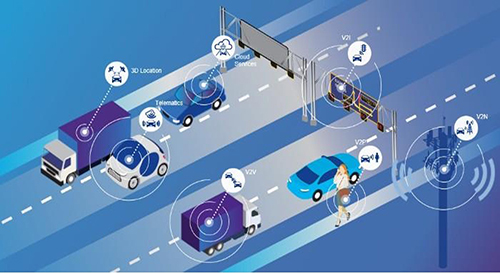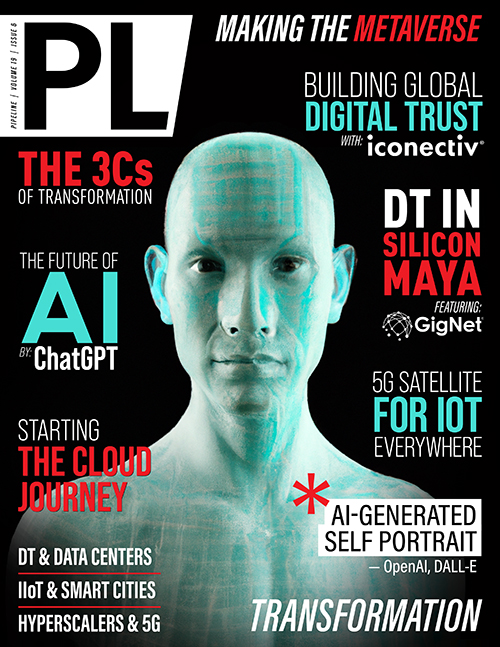How Hyperscalers Fit in a
5G-Connected World
By: Sameh Yamany

With our cars, devices, cities, and utilities becoming ever more connected, hyperscalers have an increasingly important role in realizing the full potential of 5G and tied to that, open radio access network (RAN) (and continuing beyond 5G)—even if that’s outside the traditional comfort zone of telecom operators.
The role of hyperscalers in 5G
Hyperscalers will be key to these models by providing the cloud infrastructure for which neutral hosts are used to support all network operations.
Technology is no longer accessed only through endpoints like computers or smartphones; it mediates everything we do. A little over a decade ago, technologists were increasingly talking up the Internet of Things (IoT) era—how small, connected devices could be embedded in everyday objects that we take for granted—and subsequently, these tiny machines grew by the billions.
A world with 175 zettabytes of data
During the COVID-19 crisis, technology was key to managing, tracking, and monitoring population health. It brought remote or hybrid ways of working into our everyday lives, and data usage accelerated accordingly, with Internet usage not only soaring to record levels but also with many consumers using data in whole new ways. This, though, was only the thin end of the wedge. As smart cities and connected vehicles increasingly become the default model, legacy infrastructure is made digital, and industry adopts more intelligent systems like robotics, IoT, and predictive maintenance—it’s evident that today, we really are on the cusp of a totally connected planet. It’s little surprise that by 2025, the world may have generated a staggering 175 zettabytes of data—and perhaps, with the explosion of data post-pandemic, even more.

Figure 1: Enabling the Connected world
The tech nervous system depends on fast responses
Underpinning all of this are advances in connectivity like cloud, edge computing, and, crucially, 5G, which due to its high speed and ultra-low latency, is the fuel for this technological nervous system. The future of connectivity will not only be defined by frontier technologies like high-band 5G, says McKinsey, but also by expanding existing technologies like fiber, low- to mid-band 5G, and other long and short-range solutions.
Cloud-native economics and availability
Although traditionally telecom operators have favored a longer-term approach to data centers than turning to the cloud providers (including Google Cloud, Microsoft Azure Cloud, and AWS)—to achieve ‘five nines’ or 99.999 percent availability—there are now



















